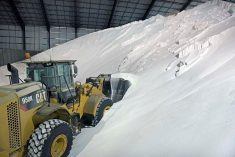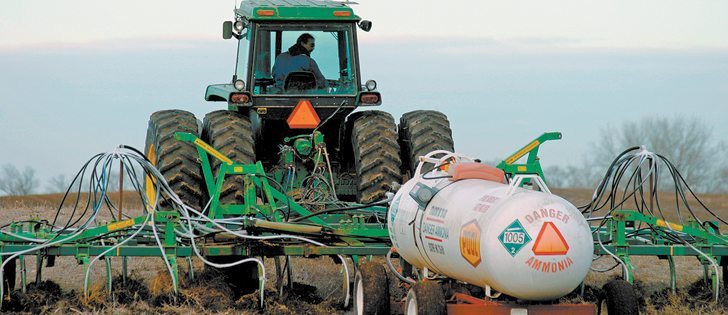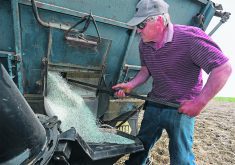We complain a lot about breakdowns in our supply chains and transportation systems, but most are dependable and reliable.
However, this year is going to see a real challenge to our inputs supply system, one only likely to get worse as border blockades further snarl our pandemic-ravaged global supply chains.
That’s a production risk farmers need to keep in mind as the season approaches: how easily will what you need and can usually obtain be available this year?
It’s not the sort of thing that’s good to have to worry about at spring seeding time, when on-field management should consume all the bandwidth. But it’s a reality this year.
Read Also

Canada-U.S. trade relationship called complex
Trade issues existed long before U.S. president Donald Trump and his on-again, off-again tariffs came along, said panelists at a policy summit last month.
Last year, many farmers grappled with shortages of glyphosate, glufosinate, 2, 4-D and other regular products as the pandemic stretched global supply chains.
Those problems persist and despite lots of signs of economic recovery from the pandemic, they don’t seem to be going away.
In many ways we’ve done remarkably well with how we’ve functioned during the last two years. We’ve built global just-in-time supply systems and although there have been sporadic shortages of agricultural products, food, consumer goods, commodities and industrial goods there have been no widespread, prolonged shortages.
But there have been a lot of disruptions. Those add up over time. The Canada-United States border blockades at Coutts, Alta., Emerson, Man., and Windsor, Ont., are adding another stressor at a worrisome time.
It’s impossible to say, as I write this, how long these blockades will last. But if they continue for long, they will hit cross-border agricultural inputs trade just like they’re hitting livestock trade.
Right before the pandemic struck, Canada’s farmers and agriculture industry were vexed by lengthy railroad blockades mounted by Indigenous activists and others to protest injustices.
These border blockades have much of the same feel, with protesters feeling aggrieved and justified in their actions, and millions of others vexed and exasperated by costly disruptions.
With any luck, these border blockages will end before too long. Omicron is rapidly fading, COVID-19 is becoming something to be managed rather than assaulted and most people are fully vaccinated and already exposed to the virus. We could be near the end of the health nightmare.
Perhaps agriculture’s period of snarled supply chains will eventually be seen to have begun in the rail blockades of 2020 and to have faced their final big challenge of the era with the border blockades of 2022.
In whatever way it works out, it’s clear that we haven’t yet left our supply chain woes behind, so farmers are going to have to prepare themselves for at least one more fraught growing season.
















